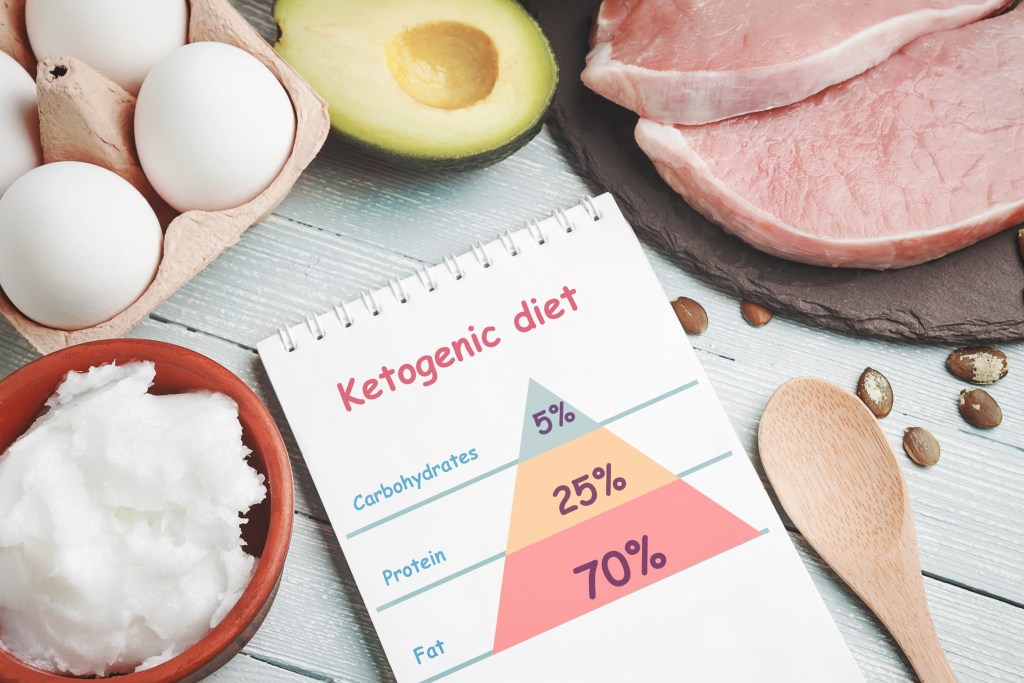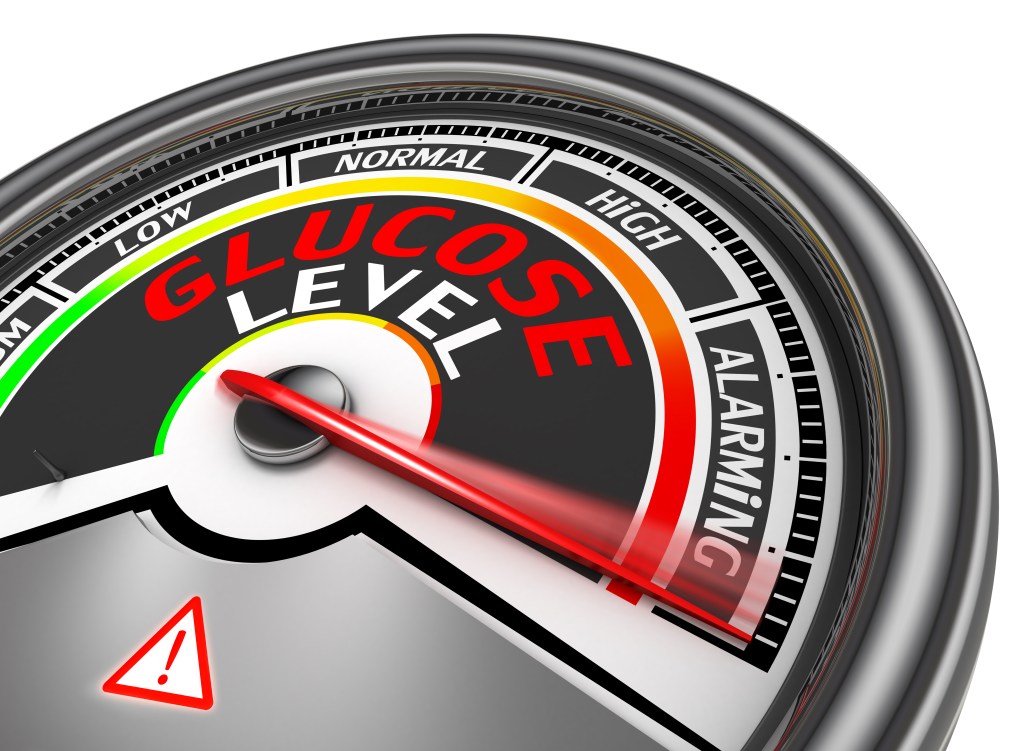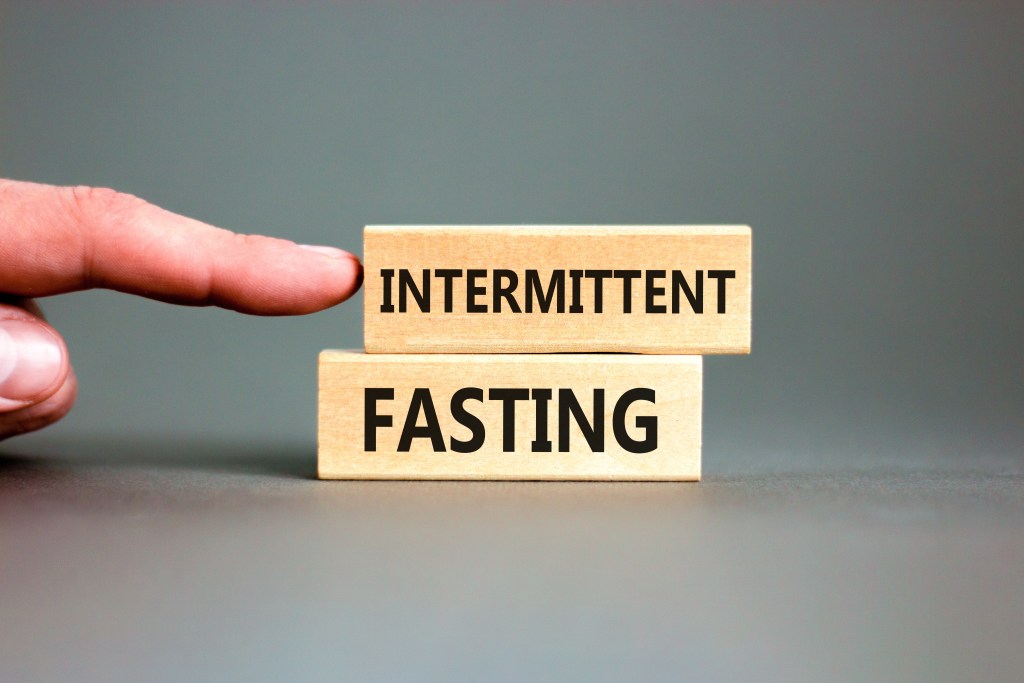At a glance
The glucose ketone index (GKI) measures the balance between blood glucose and ketone levels to assess how efficiently the body utilizes fat for energy. Regular testing, stress control, fasting, and exercise can help improve GKI values and support a stronger fat-burning state.
Those following a ketogenic diet are familiar with testing ketone and blood sugar levels to monitor ketosis. However, factors such as stress and poor sleep can affect the validity of ketone and glucose readings.
The glucose ketone index (GKI) provides a more accurate representation of your metabolic health by measuring the ratio of glucose to ketone concentrations in the blood.
Discover how the GKI can help evaluate your metabolic health and how to improve your glucose-to-ketone ratios.
What is the glucose keto index (GKI)?
Glucose, or blood sugar, is the body’s main source of energy. However, when carbohydrate intake is limited, the body shifts to ketosis, a metabolic state in which fat is used as the primary fuel source.
During ketosis, the liver breaks down fat, releasing a group of organic acids known as ketones. These ketones serve as highly effective alternative fuel sources when glucose is scarce.
Ketosis can be triggered by fasting or by following a ketogenic diet. This low-carb diet restricts dietary carbohydrate intake to no more than 50 grams of net carbs daily while obtaining the majority of calories from healthy fats.
Many keto dieters monitor their blood sugar levels to determine their metabolic state, and blood glucose readings between 60 and 80 milligrams per deciliter (mg/dL) typically indicate ketosis.
However, monitoring ketone concentrations in addition to glucose levels provides a clearer picture of the depth of your ketosis.
“It’s crucial to monitor your ketone and glucose levels closely if you’re using ketosis to manage health conditions, as this helps ensure the effectiveness of your approach,” explains Dr. Berg.
The glucose ketone index, widely known as GKI, is a metric that calculates the ratio of ketones to glucose, providing more accurate insight into your metabolic health.
GKI was first introduced as a method to evaluate the therapeutic effects of the ketogenic diet in brain cancer patients whose glucose levels fluctuate widely.
Since then, the GKI has become a valuable tool for keto dieters to monitor and optimize their metabolic state, offering insights into how effectively they’re maintaining ketosis and managing their overall health.

How to calculate GKI
To determine your GKI, you’ll need a blood ketone and glucose meter kit, which typically includes testing strips, a lancet to draw blood, and a meter device.
GKI is calculated by inputting your ketone reading and blood glucose result into the following formula:
(Glucose in mg/dL ÷ 18) ÷ Ketones in mmol/L = GKI
This formula converts a mg/dL glucose reading into millimoles per liter (mmol/L).
However, if your glucose reading is provided in mmol/L, use the formula below to calculate your GKI results:
Glucose in mmol/L ÷ Ketones in mmol/L = GKI
It’s recommended to calculate glucose ketone index scores regularly to gain a reliable overview of your metabolic health and ensure you are maintaining a fat-burning state.

What affects your GKI?
Although the GKI is one of the most reliable ways to evaluate your current metabolic state, several factors may cause your blood glucose and ketone levels to fluctuate.
Factors that can affect GKI results include:
- Meal frequency
- Total calorie intake
- Fasting
- Stress levels
- Sleep quality
- Exogenous ketones
- Certain medications
Poor sleep, high stress, and frequent eating trigger metabolic and hormonal changes that can lead to persistently high blood glucose levels, even in those who limit their dietary intake of carbohydrates and sugars.
Testing your blood glucose and ketones consistently, such as once or twice a day, especially after a meal, can help ensure you get the most reliable results.
A study published in Nutrition and Metabolism found that measuring glucose and ketone levels two to three hours after eating yields the most accurate GKI results.1
The researchers also found that testing a few hours after a meal helps keto dieters track GKI changes related to the foods they eat. This can help identify how different foods impact ketosis, allowing for more precise dietary adjustments to maintain optimal metabolic health.

Deciphering GKI results
GKI results fall within one of four ranges from no indication of ketosis to therapeutic ketosis.
Here are the various GKI ranges and the degree of ketosis they indicate:
- 9 or greater: No indication of ketosis
- 6 to 9: Mild ketosis
- 3 to 6: Moderate level of ketosis
- 1 to 3: Therapeutic ketosis
Triggering and maintaining mild ketosis can be helpful for weight loss and enhancing overall metabolic health.
Most keto dieters fall within the moderate ketosis range, which is ideal for achieving and maintaining optimal health. This level of ketosis also can help reduce the risk of obesity, type 2 diabetes, insulin resistance, and Alzheimer’s disease.
Therapeutic ketosis has been used for over a century to help treat neurological conditions such as seizures and epilepsy.
Under medical supervision, individuals can achieve a GKI of less than 1, signifying a deep state of therapeutic ketosis. This has potentially significant health benefits, including reduced cancer risk and improved outcomes in managing chronic inflammatory diseases.

How to improve your GKI
Lower GKI results indicate that your body effectively uses ketones as an alternative fuel source. However, if you aren’t seeing results despite following keto, there are various steps you can take to improve your GKI.
While some dieters will enter ketosis by limiting net carb intake to 50 grams, others may need to reduce carbohydrate consumption to 20 grams daily to lower their GKI values.
Stress management is another key factor in improving GKI and reaching a deeper state of ketosis. Stress activates cortisol, a hormone that triggers the liver to release stored blood glucose, which can negatively impact GKI results.
Additionally, intermittent fasting can improve your GKI by enhancing metabolic flexibility, lowering blood sugar levels, and depleting the body’s glucose and glycogen stores, which promotes a deeper state of ketosis and more efficient fat-burning.
Exercise is another way to enhance your GKI by increasing muscle glucose uptake and boosting ketone production, especially when combined with fasting.
A study published in Sports Medicine found, “Next to dietary interventions, prolonged physical exercise performed in the fasted state also stimulates ketogenesis during exercise and results in post-exercise hyperketonemia.”2

Try our GKI calculator
A glucose ketone index calculator is a quick and efficient way to determine your glucose ketone index ratio without calculating your GKI by hand.
Our advanced GKI calculator is simple to use and provides accurate results, giving you a more complete picture of your metabolic health.
Simply enter your blood glucose and ketone readings, and your GKI will be automatically calculated to determine if you’ve reached ketosis.
You’ll also discover which ketone range your GKI falls into, helping you discover your current metabolic state and levels of ketosis.
Additionally, tracking your GKI results can guide you in adjusting your diet or lifestyle, such as reducing carbohydrate intake or incorporating fasting, to achieve therapeutic improvements in chronic health conditions.
Key takeaways
- The glucose ketone index (GKI) combines blood glucose and ketone levels to measure how efficiently the body uses fat for energy.
- GKI is calculated by dividing glucose (in mmol/L) by ketones (in mmol/L) to determine your level of ketosis.
- Sleep, stress, meal frequency, fasting, and calorie intake can all influence GKI results.
FAQ
1. What does GKI mean?
GKI stands for glucose ketone index. This metric determines the ratio between ketone and blood glucose levels, providing an accurate picture of your metabolic state and the depth of your ketosis.
2. How do I get my GKI down?
Intermittent fasting, reducing carbohydrate intake, and avoiding sources of hidden carbs can help lower your GKI.
In addition, exercising in a fasted state and monitoring your stress levels can also reduce GKI values by enhancing ketone production and promoting metabolic balance.
3. What is a good GKI range?
For significant weight loss, a GKI range between 6 and 9 is ideal. Individuals with insulin resistance, diabetes, or other metabolic conditions may target a moderate ketosis range of 3 to 6.
For therapeutic purposes, such as managing epilepsy, achieving a deeper state of ketosis may be necessary, which is typically indicated by a GKI range between 1 and 3.
4. What is GKI used for?
GKI is used to measure metabolic health and monitor the ratio of glucose levels to ketone concentrations in the blood, tracking these metrics as a single value.
The formula was initially created to evaluate the therapeutic effects of the ketogenic diet and calorie restriction in brain cancer patients whose glucose levels fluctuate widely.
5. How do I calculate my GKI?
You can calculate the glucose ketone index using the GKI formula: (Glucose in mg/dL ÷ 18) ÷ Ketones in mmol/L = GKI.
Alternatively, GKI can be determined using an automatic online calculator, such as this free GKI calculator.
Sources
- https://pmc.ncbi.nlm.nih.gov/articles/PMC4367849/ ?
- https://pmc.ncbi.nlm.nih.gov/articles/PMC5309297/ ?


















